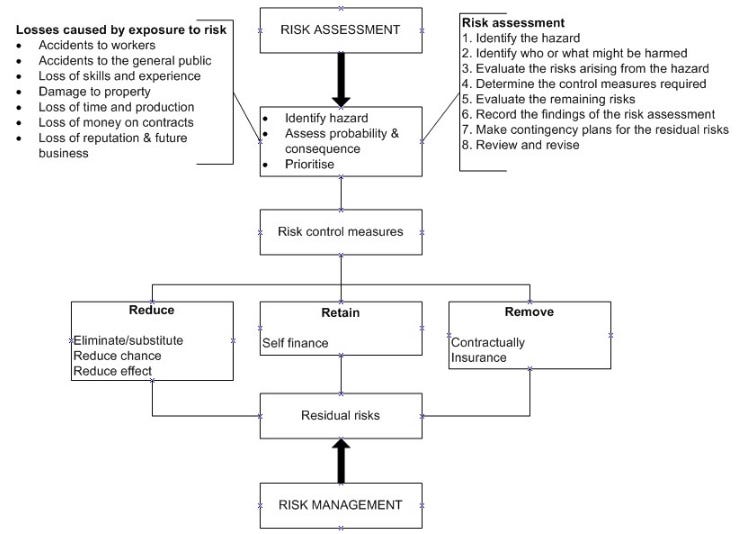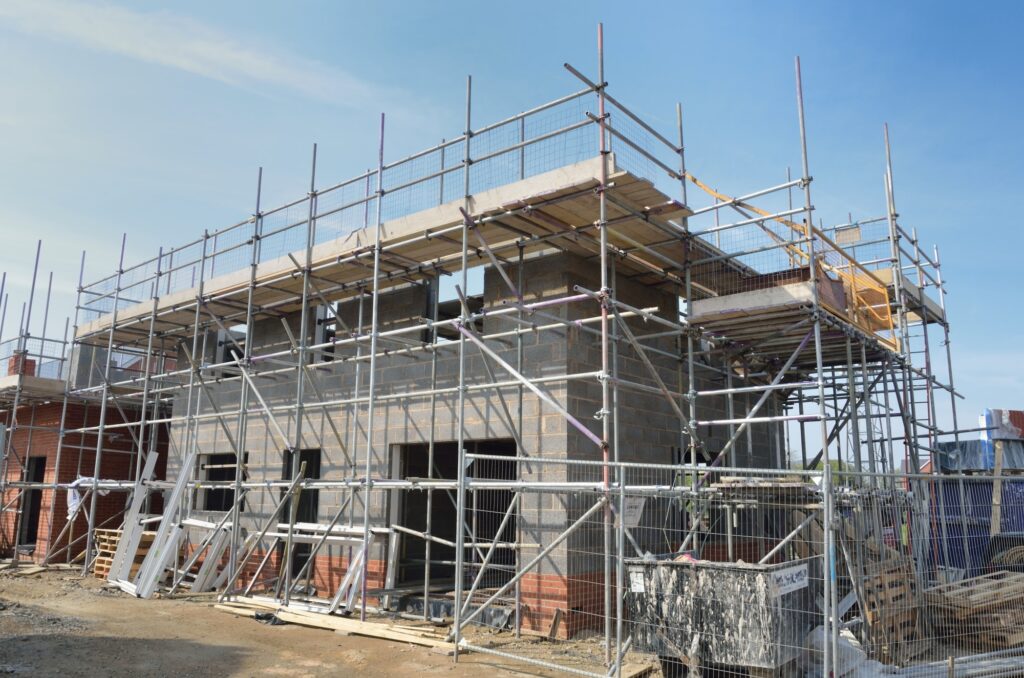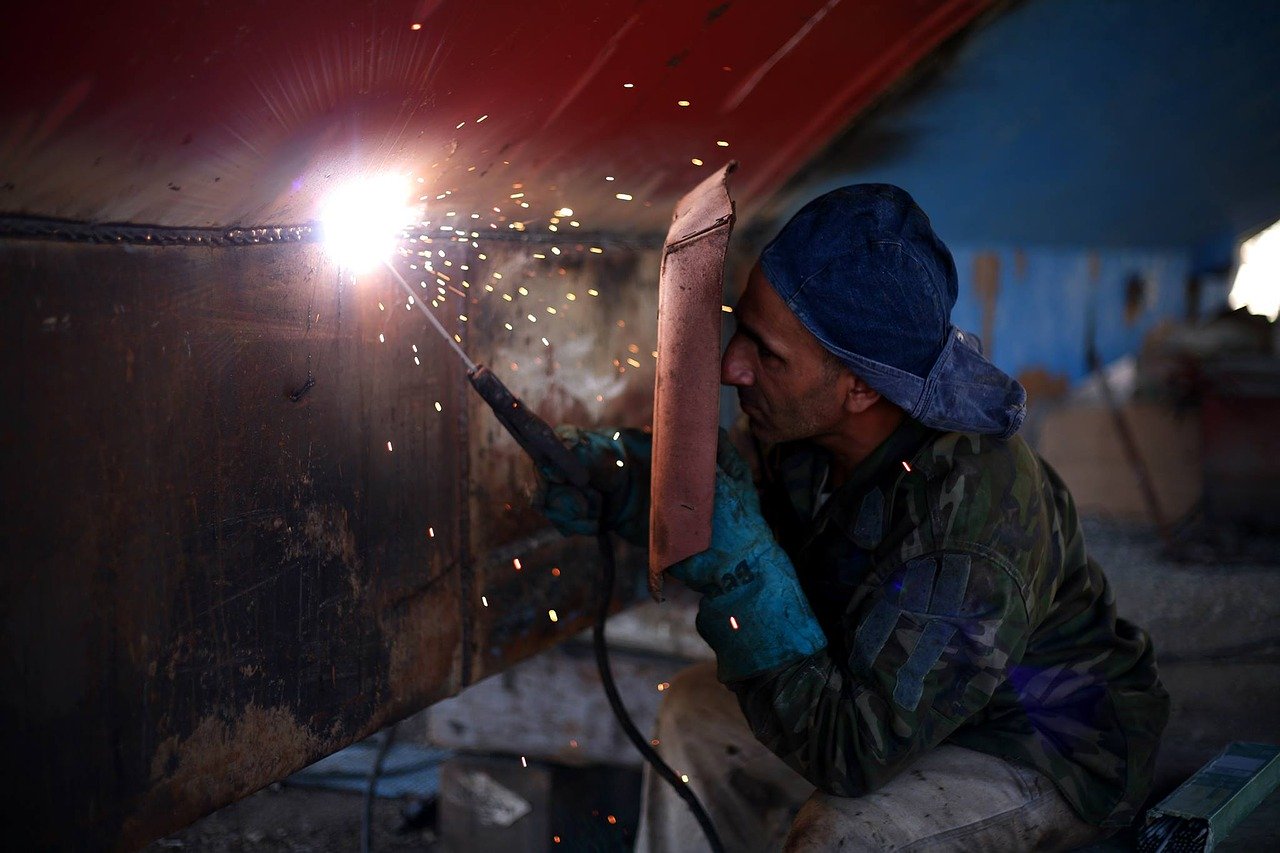The construction work site is inherently risky and dangerous. However, when projects are compared with other industries such as software and engineering, construction is less technically complex. In order to produce a project within a specified timescale, the project just has to have specialists in design and construction. Historically, the risks associated with construction are due to the following (Cooke and Williams, 2004):
- Poor record of completion to cost and time
- High dispute and litigation levels
- Intense work competition
- Low margins and profit risk
- Poor safety and occupational health record
- Pressure on health and safety provision
- Pressure to save money and time
- Pressure to produce high returns on investment
Ever since in modern construction history, risks were usually ignored or addressed arbitrarily. It’s common practice to include a 10% contingency fund unforeseen risks. Usually, it’s the unidentified hazards that have no provisions that have had the most impact on past projects.
So, in 2001, following the Turnbull Report, construction companies were required to produce provisions for managing risks in their accounts. It was not a government requirement but effects a severe impact when not included in the company standards.
Risk management became a way to prevent losses caused by exposure to risks like accidents, loss of time or money, damage to property, and/or loss of reputation.
Risk management
In construction, the purpose of risk management is to plan, monitor, and control measures needed to prevent risk exposure. In order to do this, it is imperative to identify the hazard, assess the extent of risks, provide measures to control the risks and manage any remaining risks.
The risk management process in construction
Adapted from Construction Planning, Programming and Control, here is a stakeholdermap image that shows a sample of a risk assessment procedure. It illustrates the idea of residual risk (unidentified risks or risks remaining to persist despite following risk control measures):

Risk logs
Across all industries, risk logs are used. However, in construction, risk logs may also assess time and cost impact without controls and may include actions on residual risks. Generic risks are usually identified, then specific risks to the project on hand, and risks that remain despite controls used (residual risks). An example risk log template can be found here.
Risk assessments
Risk assessments are controlled and thorough set processes. Usually, risk assessments for health and safety are legally required in most countries. The typical assessment follows the following:
- Identify the hazard. For example, deep drainage excavation in bad ground.
- Identify who or what might be harmed. For example, pipelayers in trench.
- Evaluate the risks arising from the hazard. For example, high risk of collapse
- Determine the control measures required. For example, use steel trench drag box.
- Evaluate the risks arising from the hazard. For example, risk of crushing/injury from excavator bucket, and risk of falling materials.
- Record the findings of the risk assessment. For example, fill in risk assessment sheet.
- Make contingency plans for the residual risks. For example, prepare safety method statement based on risk assessment, supervisor to give task talk, permit to work required, banksman working with excavator.
- Review and revise. For example, monitor site operations and modify risk assessment where necessary, hold further task talk if method statement is changed.
Construction risk types
Risks in construction are crucial at the earliest stages of the projects. The choice of procurement or acquisition route is the greatest. With construction projects, there a few procurement routes to choose from and the choice depends on differences in the balances of risk towards the client or the contractor. Client-led design and build, for example, has more of the weight of the design phase risk sitting on a client’s shoulder while a contractor finance set-up has the risk sitting on the contractor all throughout the design and construction phases.
Client
Risks involving the client usually center around cost, time, and quality. Risk management considerations usually involve feasibility, design, funding and commercial risks.
Contractor
The biggest risk for contractors is usually during the tender stage when price and timescale commitments are made. If bill of quantities ends up inaccurate, margins are lost. Subcontractors usually deviate from their original quotes and work ends up being more expensive than originally estimated.
Health and safety
Health and safety risk management are regulatory requirements. All projects, big or small, are required to have a health and safety plan and are not allowed to go through any of the building phases unless they have an approved one in accordance with The Approved Code of Practice (HSE 2001).
Fire risk
In all construction projects and work sites, there is always a fire risk. Organisational and governmental standards almost always require contractors to take measures to prevent risks of fire injury, provide and maintain fire fighting equipment, and train workers to use said equipment. A construction project never goes ahead in the building process without a fire safety plan developed by the principal contractor. Contracts usually provide insurance against fire accidents.
Complement this reading with an equally informative piece about project management systems for managing construction project risks. Read up on the common construction workplace dangers to see the importance of risk management. Complement this with The Circle of Productivity, download the free ebook to improve overall performance of your company on the construction worksite.



